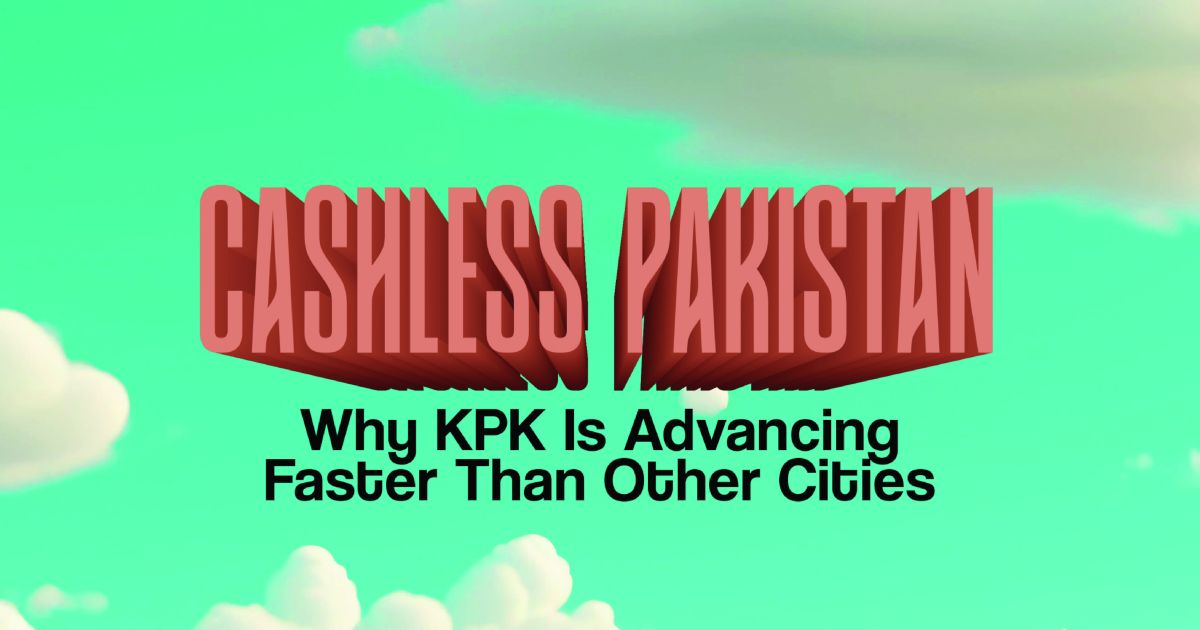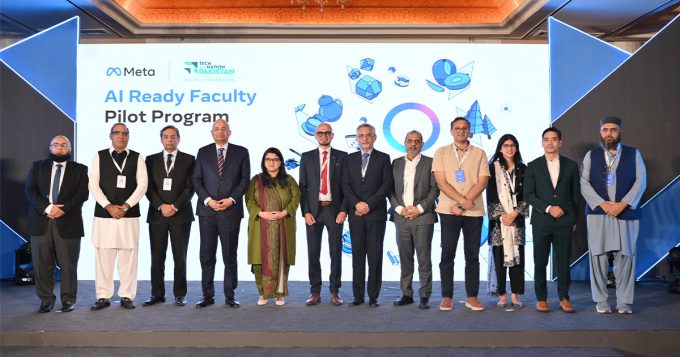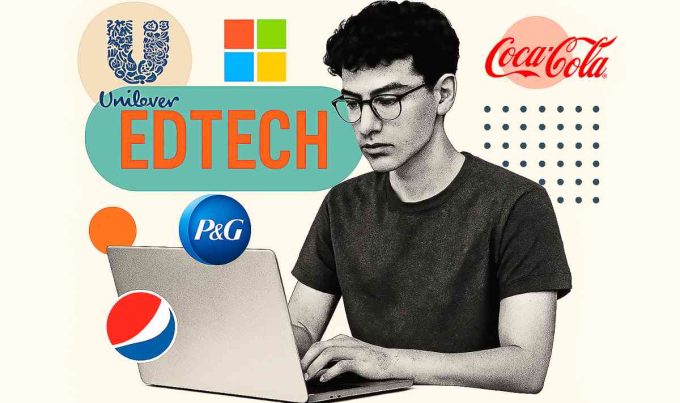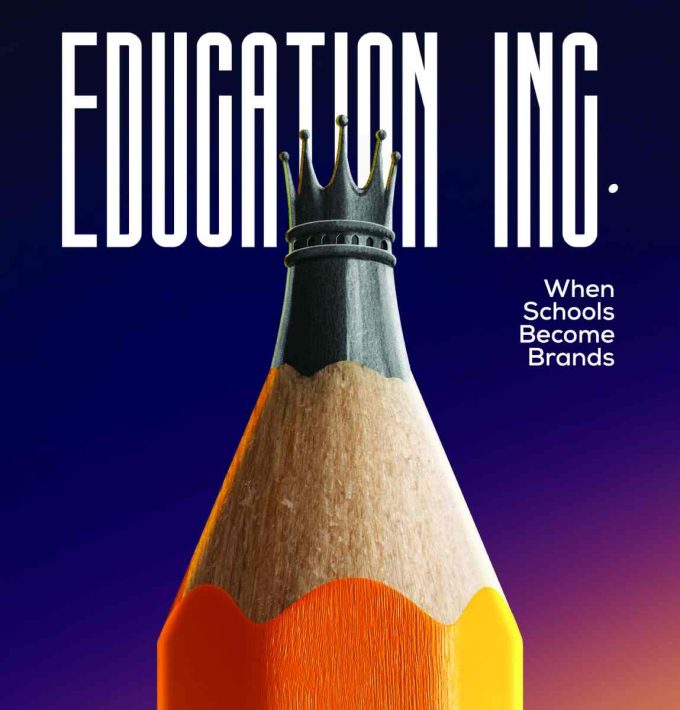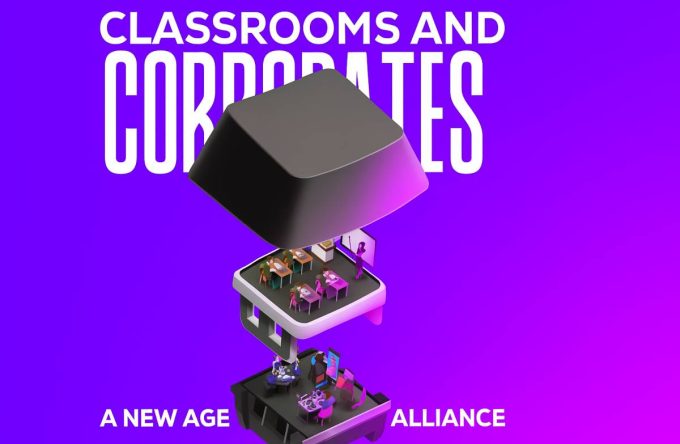You would think Lahore, with its oat milk lattes and overpriced pastries, would be leading Pakistan’s cashless revolution. But while big cities are still rebooting their card machines and hunting for “network signals,” Khyber Pakhtunkhwa quietly flipped the switch. They just… did it. This piece isn’t about criticising cities stuck in 2010; it’s a reminder that progress doesn’t care about postcodes. Turns out, the future of digital payments is already happening. Just not where you expected.
A few weeks ago, I walked into one of those upmarket coffee shops in Lahore, the kind that sells “artisanal” chai and oat milk lattes and pulled out my card to pay. The waiter blinked at me like I’d asked him for Bitcoin. “Card? Nahi jee, card nahi chalega. Cash only.” Classic.
Fast forward to a random roadside chips vendor in Mingora, Khyber Pakhtunkhwa (KP). I’m halfway through my fries when the 17-year-old shopkeeper flips out a JazzCash QR code from his WhatsApp profile picture. No drama, no lag. He scanned, I paid, and we moved on. I stood there, confused, wondering how we, the “developed city,” got left behind by a place we still refer to as a “small city.”
Spoiler: KP’s not waiting for “awareness drives” and bank workshops to go digital. They have already clocked in. And Lahore? We still fumble with broken card machines and “cash only” dialogues. Let’s break down how and why KPK is living in 2030 while we’re stuck in 2010.
KP did not Suggest Going Cashless. They Told People To.
Lahore loves a soft launch. “We encourage vendors to go digital,” they say like that works. Meanwhile, KPK went full savage mode with the Cashless KPK Initiative. No excuses, just straightforward enforcement. And not just on paper. District administrations are actually checking to ensure compliance.
Every vendor, from a chaat wala to a cab driver, is required to offer digital payment options; JazzCash, Keenu, QR codes, whatever works. No special training. No complicated process. Just a clear directive; if you are doing business, digital should be part of it like electricity, water, or mobile data.
Access That Reaches Everyone
The issue with many urban digital solutions is that they often assume bank access. But here’s the catch: a lot of micro-vendors in cities like Lahore do not even have bank accounts. So, when digital options depend on formal banking, a huge chunk of the economy gets left out.
KPK chose a different route. They partnered with fintech platforms that are accessible and easy to use, even for someone selling snacks on a cart. JazzCash, easypaisa, and Keenu offer offline capability, so a weak signal is not an excuse anymore. The point wasn’t to make tech fancy, it was to make it functional.
Cashless = Cleaner Economy
Cash may feel easy, but let’s be real, it is also messy. It leaves room for tax evasion, undocumented sales, and under-the-table deals. Digital payments create a traceable footprint, which opens the door to transparency. And KPK is leveraging that trail. Their cashless plan is designed to clean up the mess. They are building a full-on business database, so the next time there’s a flood or emergency, the government knows exactly who needs help and where they are. No guessing games. No ghost vendors.
Gen Z to the Rescue
KP’s real flex is their youth. The younger population has already adapted. They pay digitally, top up phones through apps, and even contribute to local charities using QR codes. And it’s not by accident that there has been a huge push for digital literacy. From TikToks and YouTube explainers to posters and influencer content, digital payment has been positioned as something cool, easy, and normal. The strategy worked because it wasn’t preachy; it was relatable.
Wallets That Actually Work (And Don’t Crash)
We may not have Apple Pay or Paypal yet (one day), but Pakistan’s local fintechs are doing the heavy lifting. JazzCash, easypaisa, SadaPay, and NayaPay they have all built tools with solid security, biometric login, and NADRA integrations. Interestingly, KPK has become a testing ground for many of these tools. Why? Because people are actually using them even in rural areas. It’s one of those rare instances where tech design and real-life use are perfectly aligned.
Here is a Fun Tax Twist
In Punjab, digital payments come with a little bonus. The Punjab Revenue Authority has introduced a reduced 5% GST on selected services, salons, gyms, and restaurants if you pay digitally. Pay with cash and you get hit with the standard 16%. It’s a small but meaningful incentive nudging people to make the switch. KPK, meanwhile, keeps it straightforward. A flat rate for everyone, regardless of how you pay. No confusion, no hidden math. Just simplicity.

So, What is the Lesson Here?
This is not a drag on big cities. It is a wake-up call. KP did not talk about digital transformation; they just started living it. And while it is tempting to write it off as a one-off success, it is really a blueprint. Clear policy, accessible tools, and consistent follow-through.
Cities like Lahore have everything they need: better infrastructure, high smartphone penetration, and access to banks. But what is missing is urgency. KPK proves that digital transformation is not about size or status. It is about mindset.
The cashless future is not coming. It is here. Some regions are already living in it. The question is, when are we catching up?

